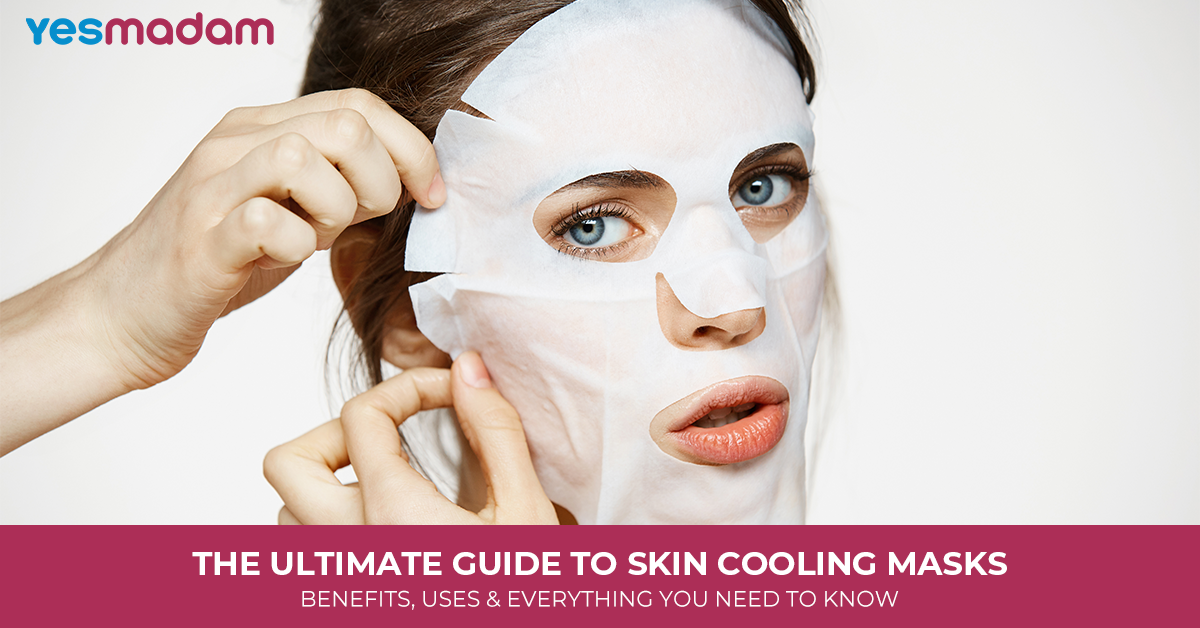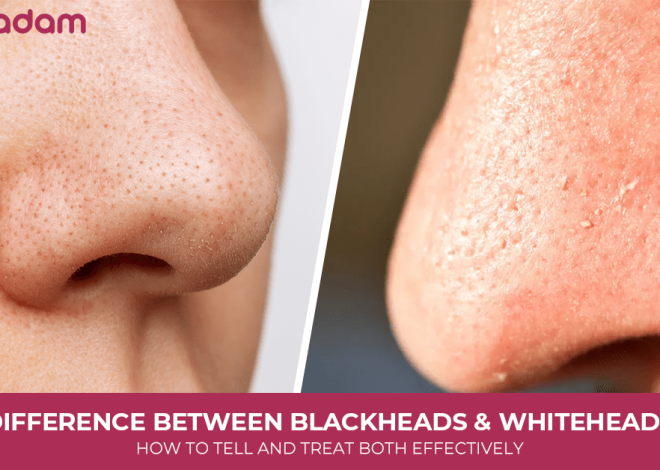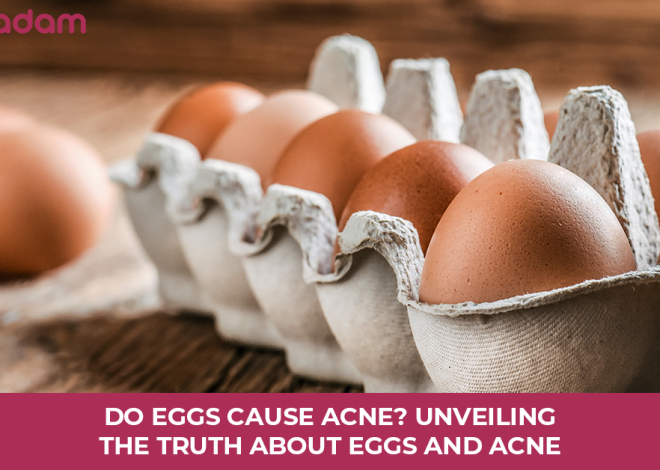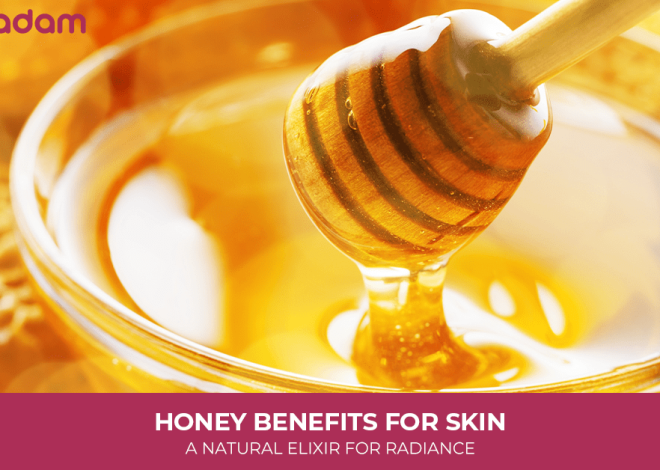
The Ultimate Guide to Skin Cooling Masks: Benefits, Uses & Everything You Need to Know
If you’ve ever struggled with redness, puffiness, or skin that just feels overheated, then you may have already heard about the magic of a skin cooling mask. These masks have been gaining popularity for their instant soothing effects and long-term benefits for skin health. Whether you’re dealing with post-sun irritation, inflammation, or simply looking for a spa-like experience at home, a skin cooling mask can be your new skincare essential.
But what exactly makes them so effective? How do you use them properly, and are they really worth the hype? Let’s dive deep into the world of skin cooling masks, explore their benefits, and give you a complete breakdown on how to make the most out of them.
Table of Contents
What is a Skin Cooling Mask?
Before we get into the benefits, it’s important to understand what a skin cooling mask actually is. Many people confuse it with traditional face masks, but these are designed with a specific purpose: to lower skin temperature and provide soothing relief.
Unlike clay or peel-off masks, skin cooling masks come in different forms. Some are reusable and designed with cooling gels, while others are disposable sheet masks infused with refreshing ingredients.
Gel-Based Masks
These masks are filled with gel or small beads and are meant to be stored in the fridge or freezer. When applied, they deliver a calming cold sensation that instantly reduces puffiness and irritation.
Sheet Masks
Lightweight and soaked in serum, sheet masks often contain natural cooling ingredients like cucumber or aloe vera. They are great for hydration and an instant spa-like treatment at home.
Cream & Clay Masks
These are traditional masks with a twist, formulated with cooling agents such as peppermint or menthol. They give your skin a tingling, refreshing feel while also cleansing impurities.
LED & Tech-Enhanced Cooling Masks
Modern skincare has taken things up a notch. Some advanced masks now combine LED therapy with cooling technology, offering a professional-level treatment without leaving your house.
Why Use a Skin Cooling Mask?

Many people wonder, “Do I really need this in my skincare routine?” The answer depends on your skin concerns. A skin cooling mask isn’t just about feeling nice—it actually provides functional benefits for your skin health.
Reduces Puffiness
If you wake up with swollen eyes or a puffy face, a cooling mask can quickly bring relief. The cold temperature constricts blood vessels and reduces fluid build-up.
Soothes Irritation
For those with sensitive or reactive skin, the mask calms redness and inflammation. It’s especially useful for people dealing with flare-ups of rosacea or sun irritation.
Post-Sun Relief
After sun exposure, your skin often feels hot and inflamed. Cooling masks act like first aid, reducing discomfort and helping your skin recover faster.
Enhances Skincare Absorption
When used as part of your routine, cooling masks can prepare your skin for better absorption of serums and moisturizers.
Relaxation & Stress Relief
Beyond skin benefits, cooling masks help you unwind. The cooling sensation reduces stress and creates a calming, spa-like experience.
More Information For You: Do Eggs Cause Acne
Types of Skin Cooling Masks
Now that you know why they’re beneficial, let’s break down the different types you can choose from. Each type serves a slightly different purpose, so your choice depends on convenience and skin goals.
Gel-Based Masks
Reusable and budget-friendly, these are ideal for everyday puffiness control. They’re eco-friendly since you can wash and reuse them.
Sheet Masks
Best for hydration and a quick fix, sheet masks work well before events or makeup application. They’re single-use but packed with nourishing serums.
Cream & Clay Masks
These offer both detoxifying and cooling effects. Perfect for oily or acne-prone skin, as they draw out impurities while calming irritation.
LED & Tech-Enhanced Masks
Although pricey, these deliver professional-grade treatment, combining cooling with advanced technology for long-term benefits.
How to Use a Skin Cooling Mask

Knowing how to apply the mask properly makes a big difference. Many people skip steps and don’t get the full benefit. Here’s a step-by-step approach to get the most out of your mask.
Step 1: Cleanse Your Skin
Always start with a clean canvas. Wash your face with a gentle cleanser to remove dirt, oil, or makeup.
Step 2: Chill the Mask
If using a gel-based mask, refrigerate it for at least 1–2 hours. For sheet masks, storing them in the fridge enhances their cooling power.
Step 3: Apply Properly
Make sure the mask fits snugly against your face. For sheet masks, smooth out air bubbles for even contact.
Step 4: Relax
Leave it on for 10–20 minutes, allowing your skin to soak in the cooling sensation and beneficial ingredients.
Step 5: Follow Up
After removal, massage any leftover serum into your skin and apply your moisturizer for lasting hydration.
Don’t Miss: CO2 Laser Treatment
Skin Concerns a Cooling Mask Can Address
Not all skincare products target multiple concerns, but cooling masks are versatile. They work for everything from puffiness to acne-prone skin.
For Puffy Eyes
Cold therapy reduces swelling and makes you look more refreshed, especially in the morning.
For Acne-Prone Skin
They help calm redness and inflammation around breakouts, though they don’t directly treat acne.
For Sensitive Skin
Perfect for people who experience redness or irritation from environmental factors.
For Post-Workout Glow
After a workout, your face often feels hot and flushed. A cooling mask helps regulate your skin’s temperature.
Tips for Getting the Best Results
Adding a cooling mask to your skincare routine is simple, but small details can make a big difference in the outcome.
Don’t Overdo It
Using it for too long or making it overly cold can cause discomfort or irritation. Moderation is key.
Use Consistently
Like all skincare, results come with consistency. Aim for 2–3 times a week for the best balance.
Pair with Other Products
For a full routine, combine it with hydrating serums and calming toners.
Store Correctly
Gel masks require refrigeration but not freezing solid. Always check the manufacturer’s instructions.
Myths About Skin Cooling Masks
There’s a lot of misinformation floating around about these masks. Let’s clear up some of the biggest myths.
Myth 1: They Only Work Temporarily
Yes, the cooling effect is instant, but regular use helps your skin in the long run by reducing chronic puffiness and irritation.
Myth 2: They’re Only for Summer
Winter skin also benefits from cooling masks, as they help calm dry, irritated patches.
Myth 3: Any Cold Item Can Replace Them
A bag of frozen peas might cool your skin, but it lacks the skincare ingredients and safe design that proper masks provide.
Secondary Benefits of Using a Skin Cooling Mask
Beyond the obvious benefits, cooling masks also contribute to your overall wellness and skincare routine in subtle ways.
Improved Circulation
When alternated with warm treatments, cooling masks can stimulate blood flow, keeping skin looking vibrant.
Better Sleep
Using one before bedtime can promote relaxation, reduce stress, and prepare your body for rest.
Enhanced Makeup Prep
Before applying makeup, a cooling mask can tighten pores and create a smooth base.
Conclusion
A skin cooling mask isn’t just a beauty trend—it’s a practical, effective addition to your skincare routine. From calming irritation to preparing your skin for makeup, these masks offer both instant relief and long-term results. The key is consistency, choosing the right type of mask, and using it properly.
So if you’ve been looking for a simple yet refreshing way to care for your skin, a cooling mask could be exactly what you need.
FAQs
1. How often should I use a skin cooling mask?
You can safely use it 2–3 times per week. Overuse may dry out or overstimulate your skin, so consistency without excess is key.
2. Can a skin cooling mask help with dark circles?
While it won’t completely eliminate dark circles, it can reduce puffiness and swelling, making under-eye shadows less noticeable over time.
3. Are skin cooling masks safe for all skin types?
Yes, most are safe, but those with extremely sensitive skin should check the ingredients in sheet masks and avoid harsh cooling agents like menthol.
4. Do I need to refrigerate all cooling masks?
Not necessarily. Gel masks benefit from refrigeration, while sheet masks already have cooling ingredients. Still, chilling them can enhance the soothing effect.
5. Can I wear makeup after using a cooling mask?
Absolutely! In fact, using a cooling mask before applying makeup can reduce oiliness, tighten pores, and help your foundation last longer.
6. Are cooling masks reusable?
Gel-based masks are reusable, while sheet masks are typically single-use. Always check packaging for instructions on reusability and cleaning.
7. How long should I keep a skin cooling mask on my face?
Generally, 10–20 minutes is enough. Leaving it on too long can over-cool your skin and cause irritation.
8. Do cooling masks work for acne?
They can help reduce redness and calm inflamed pimples, but they don’t treat acne directly. Pair them with dermatologist-recommended acne treatments.
9. Can I use a cooling mask every day?
It’s not necessary and may not be ideal for sensitive skin. Stick to 2–3 times weekly for the best balance of effectiveness and safety.
10. What’s the best time of day to use a skin cooling mask?
Evening use is great for relaxation, but morning use can reduce puffiness and prep your skin for makeup. Choose based on your skincare goals.



